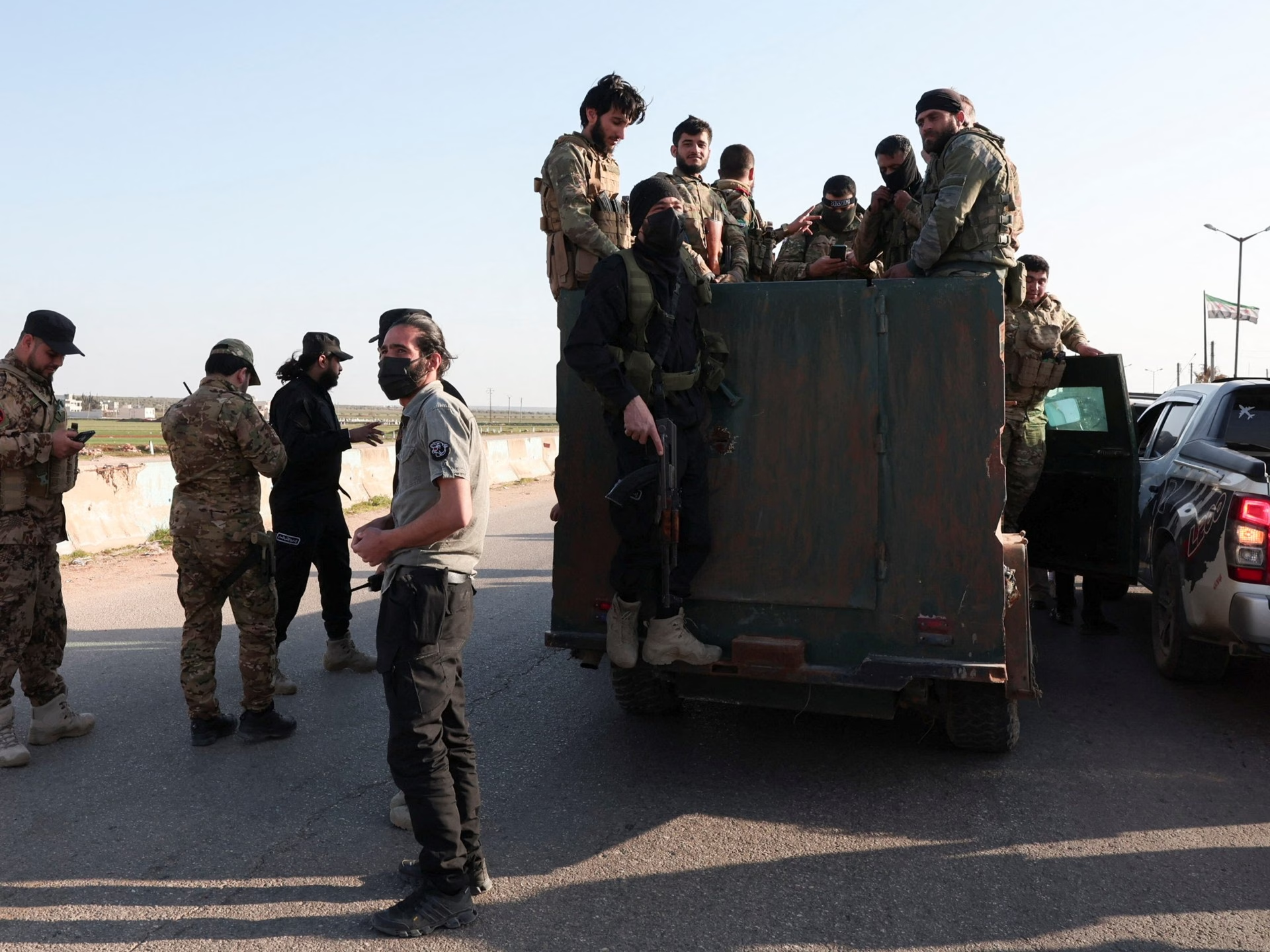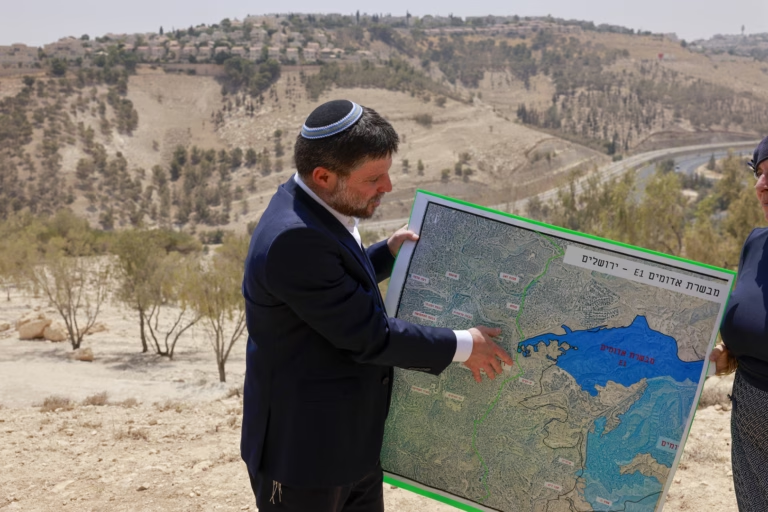Over 250 fatalities reported in Syria’s west as tensions escalate between Alawite loyalists and security personnel.
According to Hasan Abdel-Ghani, the spokesperson for the Syrian Defence Ministry, fighters supporting the former President Bashar al-Assad initiated attacks against security forces in multiple locations across the Latakia and Tartous governorates, areas predominantly populated by the Alawite community, leading to the loss of many security personnel in coordinated raids.
Al-Sharaa, in a televised address on Friday night, emphasized the Alawite community’s grave error and called for an end to the violence, urging them to disarm and concede before it is too late.
The Syrian Observatory for Human Rights has documented over 250 casualties in the western region’s ongoing violence. As combat persists, civilians are seeking refuge at the Russian Khmeimim base in rural Latakia.
Al Jazeera correspondent Omar Al Hada reported from Tartous that the authorities had lost control in various neighborhoods during the uprisings, leading to a significant security operation from forces based in various provinces reinstating order in Tartous, Latakia, and Banias.
Security forces were initially targeted in the Jableh region and its surrounding areas, resulting in a further spread of violence, confirmed by Moussa al-Omar, an individual with ties to the new leadership, to Reuters. By Friday night, order had ostensibly been restored thanks to the deployment of tens of thousands of security forces to the coast.
Resul Serdar reporting from Damascus indicated ongoing combat in some areas, emphasizing the “tragedy” unfolding due to human casualties on both sides. The actions by forces loyal to the former regime have thwarted al-Sharaa’s attempts to establish control amidst U.S. sanctions and security dilemmas, including Israeli military presence in the southwest.
Despite al-Sharaa’s promise of inclusive governance, there has been no interaction with prominent Alawite figures, a situation differing from engagements with other minority groups.







